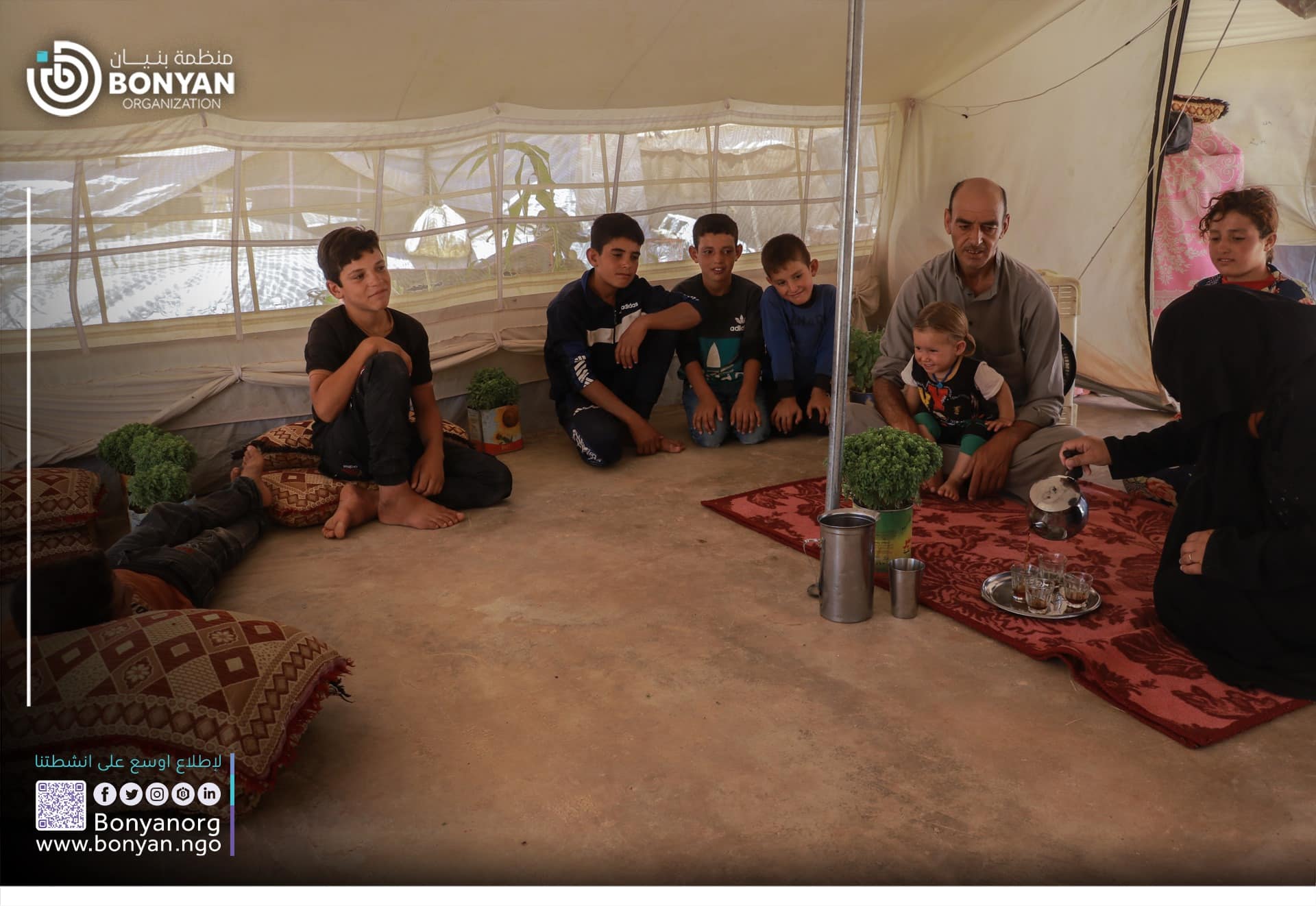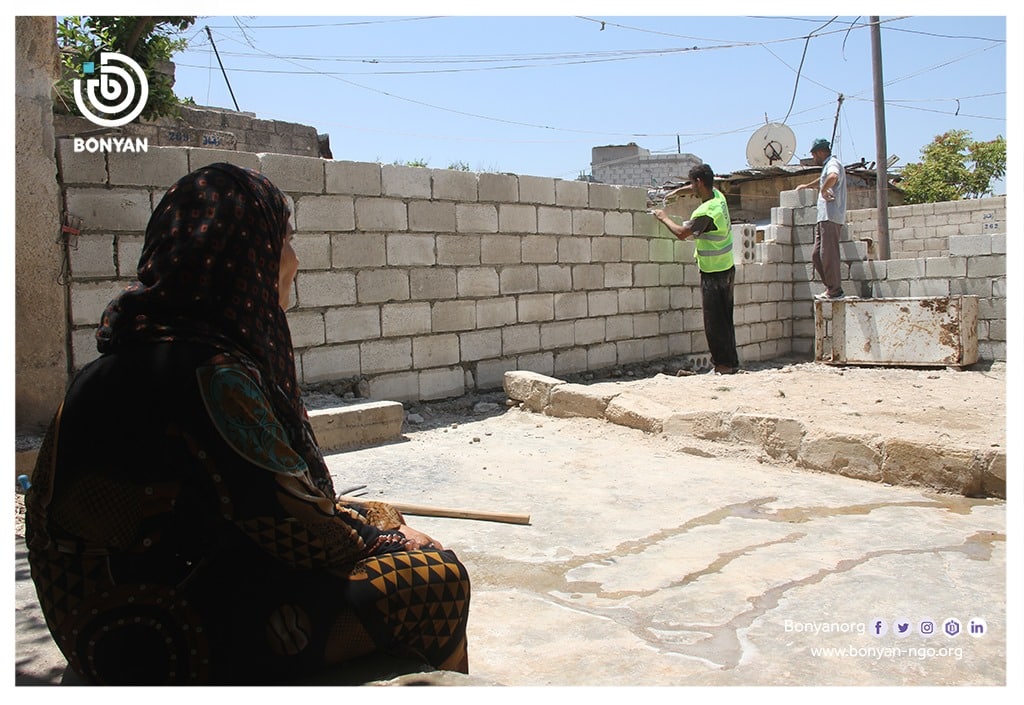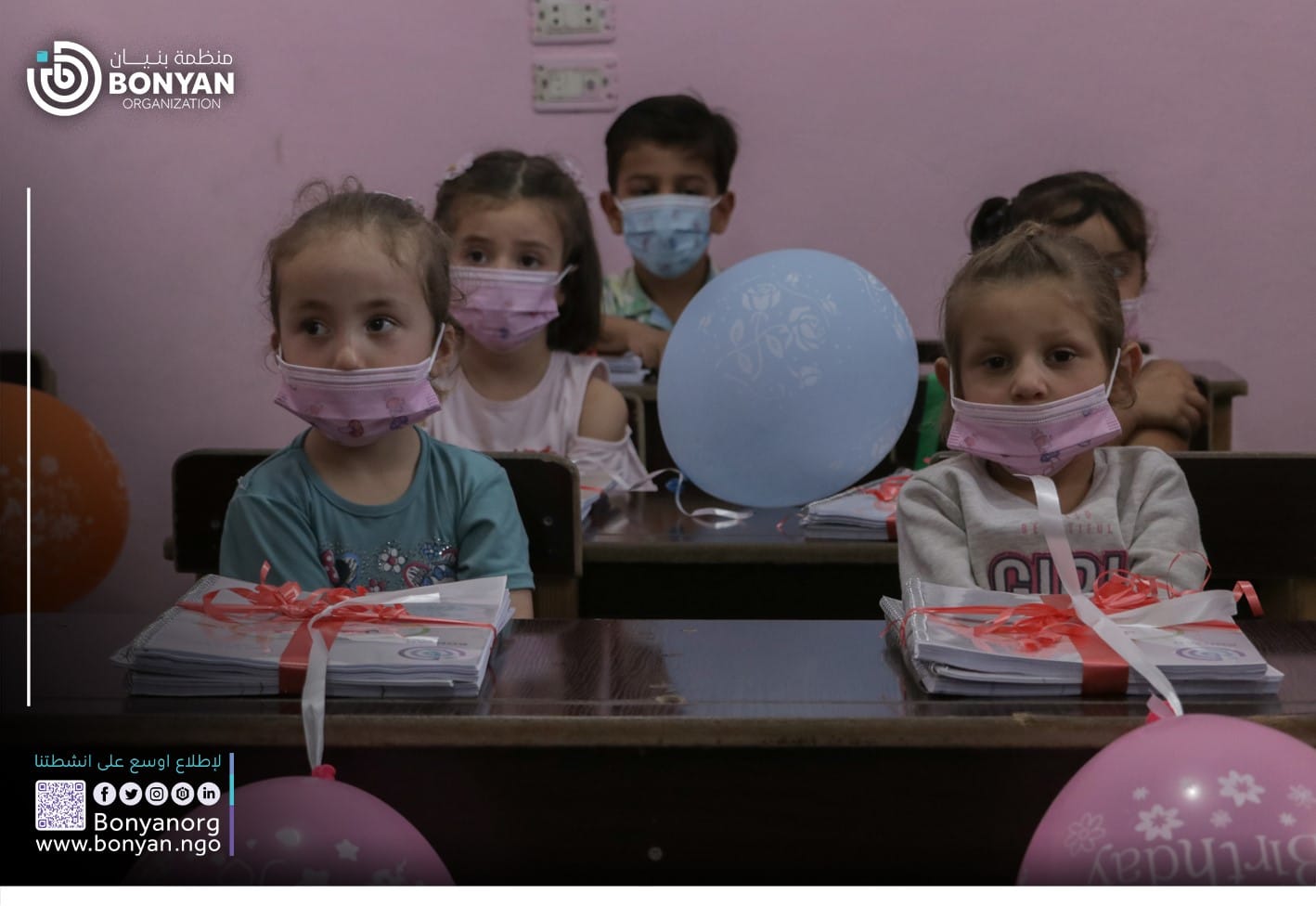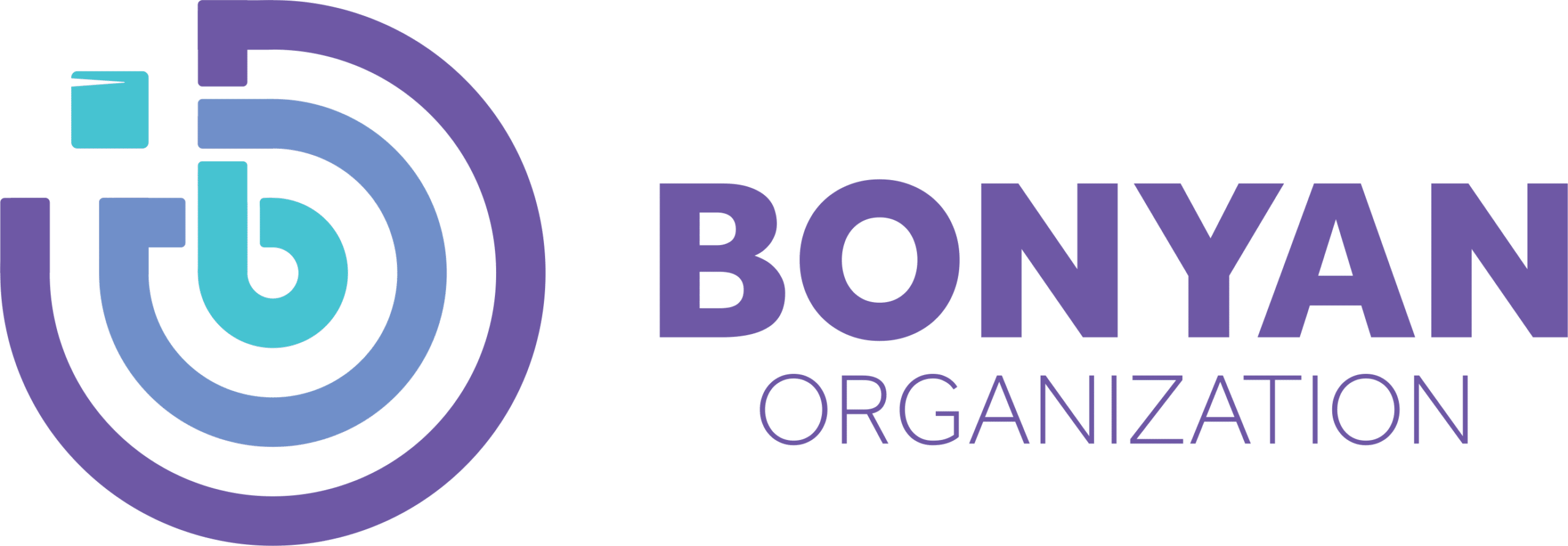International Protection and the Search for Durable Solutions
A durable solution for the displacement people is the need to have a safe life.
There are three durable solutions:
- Voluntary returns in safety and dignity.
- Local Integration.
- Resettlement to another location or country.
Resettlement as a Durable Solution Reconsidered
Resettlement is a process that leads to a durable solution for refugees who cannot integrate locally or return to their country of origin and who have ongoing protection needs in the country in which they live. The resettlement process involves selecting refugees and helping them travel from the country they have fled and sought protection and going to another country that checked their files and agreed to accept the individual/family and provide them with permanent residence.

Resettlement opportunities are minimal, and only a tiny percentage of refugees are considered for this matter (less than 1%). Resettlement is only available to refugees whose life, liberty, safety, health, or fundamental human rights are at risk in the country they seek asylum.
The History of Resettlement
Resettlement is the third durable solution for the displacement of people after the voluntary return to safety and dignity and local Integration.
The resettlement started between 1947 and 1951; in Europe, after World War II, 80% of them resettled outside Europe.
Like, the 150.000 Polish armies resettled with their families in the Uk in 1949.
To be resettled, there are three main phases:
1- Before arrival
The prerequisite for resettlement is that the person is registered as a refugee by the United Nations and passes the refugee status determination process based on the definition of a refugee under the 1951 Convention.
2- Leaving
Usually, the people have to leave the country by plane. And it usually takes 18 to 24 months from the resettlement selection.
3- After arrival
The refugees will be welcomed at the airport, and as soon as they arrive, they will get instant integration and mentoring support. Once they arrive, they receive residency and do not need to apply for asylum.

Resettlement and Challenges
It is not easy to be resettled because resettlement has many challenges you have to adapt to.
- The loss of culture, community, and foreign environment.
- Children are often caught learning new languages and acquiring cultural norms more quickly than tier older relatives.
- Resettlement under pressure and coercion.
- Resettlement of people who are no longer in need or no longer in need of international protection.
- Resettlement in the middle of the conflict.
- Reintegration, reconstruction, and rehabilitation.

Refugee Status and Resettlement
The UNHCR staff seeks to identify the basis for eligibility under the 1951 convention.
This state is critical, especially for the resettlement states. It doesn’t accept obligations toward those who don’t meet the 1951 convention criteria. It might be more challenging for UNHCR to protect and assist those recognized under the border refugee definition.
Many resettlement States restrict their resettlement programs to refugees recognized under the 1951 Convention. Therefore, the prospects for resettlement are, in reality, often more limited for refugees recognized by UNHCR under one of the broader refugee definitions.
Read More:
- Gaza Water Crisis 2023
- Types Of Migration
- The Difference Between Sponsoring And Adopting An Orphan
- The Difference Between Sadaqah And Zakat
FAQ
What Is a Refugee Resettlement Program?
Resettlement is to select and transfer refugees from a country in which they have sought protection to another one that gave them permission to stay on the basis of long-term or permanent residence status.
Who Is Eligible for Resettlement?
Resettlement is only available to mandate refugees who have a continued need for international protection. The search for durable solutions is a central part of UNHCR’s mandate.
How Are Refugees Selected for Resettlement?
Following a referral for possible resettlement, UNHCR staff verifies the case’s registration and refugee status and will set up an appointment for a resettlement interview.
The resettlement interview will include all family members in the case and an interpreter if needed. The resettlement interview can take 2-6 hours and consists of a wide range of topics and question areas.
What Are the Three Types of Refugees?
1- Refugees.
2- Migrants.
3- Asylum seekers, and more.



